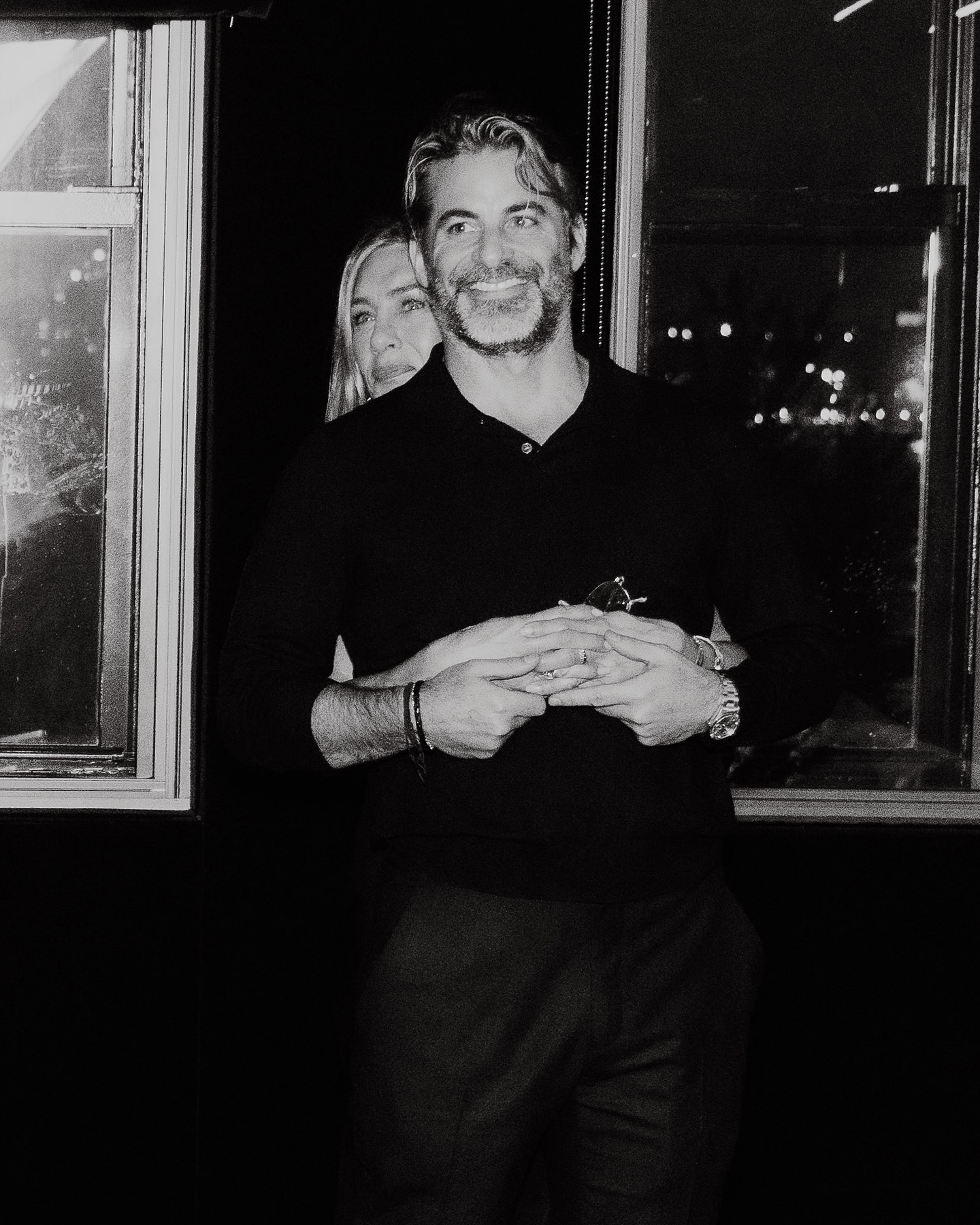AI Predicts Ship-Sinking 'Freak' Waves Minutes Ahead

Rogue waves are freakishly large ridges of water known for rising out of the blue to ambush hapless ships and beachgoers. But a new artificial intelligence model can predict most of these surprising swells up to five minutes in advance, mechanical engineers Thomas Breunung and Balakumar Balachandran, of the University of Maryland in College Park, report July 18 in Scientific Reports.
Cresting more than twice as high as surrounding waves, rogue waves may form where converging swells raise a single, amplified wave or where ocean currents compress swells into powerful billows. Though researchers have noticed that certain patterns may precede these sudden surges, no effective forecasting algorithm had yet been developed (SN: 6/8/15). Such a tool could be lifesaving — from 2011 to 2018, collected eyewitness accounts indicate that rogue waves killed 386 people and sank 24 ships.
Science News has partnered with Trusting News to gather feedback on the potential use of AI in journalism. Currently, we do not publish any content produced by generative AI (see our policy). We do want to hear your views on how Science News could use AI responsibly. Let us know by participating in a short 10 question survey.
Using roughly 16 million data points collected at half-hour intervals by a network of 172 ocean buoys, Breunung and Balachandran trained an AI program to distinguish wave patterns that preceded rogue waves. The program predicted 3 in 4 rogue wave arrivals at buoys in the network one minute in advance. When the lead time was extended to five minutes, around 7 in 10 waves were predicted.
Notably, the program anticipated rogue waves roughly as well at locations where it had received no training data. “If you want to predict rogue waves at a new location, all you need to do is put your buoy [there] and you can use this [program] without training,” Breunung says.
Harnessing more powerful AI architectures along with more data may yield even higher prediction rates, he adds. “Maybe we can go to 4 out of 4 .… We will see.”
Questions or comments on this article? E-mail us at [email protected] | Reprints FAQ
T. Breunung and B. Balachandran. Prediction of freak waves from buoy measurements. Scientific Reports. July 18, 2024. doi: 10.1038/s41598-024-66315-3.
Nikk Ogasa is a staff writer who focuses on the physical sciences for Science News. He has a master's degree in geology from McGill University, and a master's degree in science communication from the University of California, Santa Cruz.
We are at a critical time and supporting climate journalism is more important than ever. Science News and our parent organization, the Society for Science, need your help to strengthen environmental literacy and ensure that our response to climate change is informed by science.




